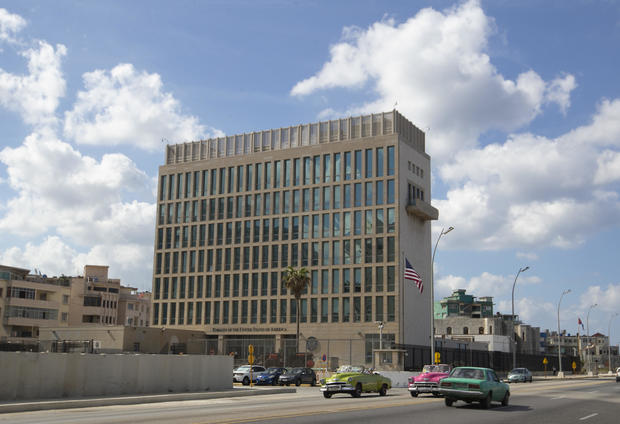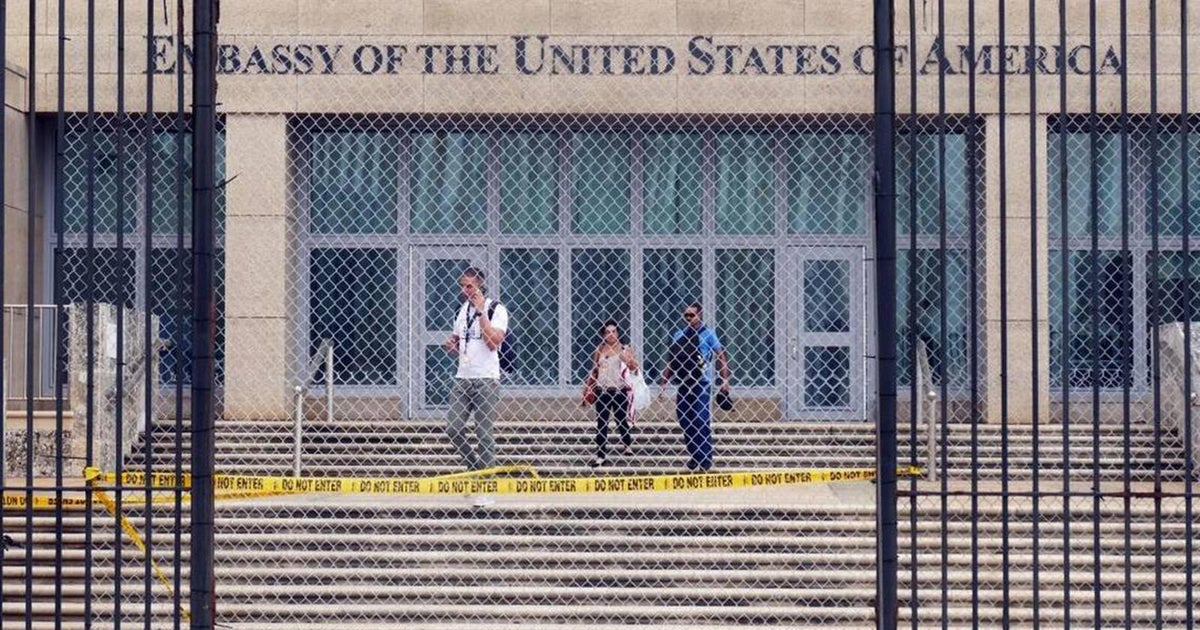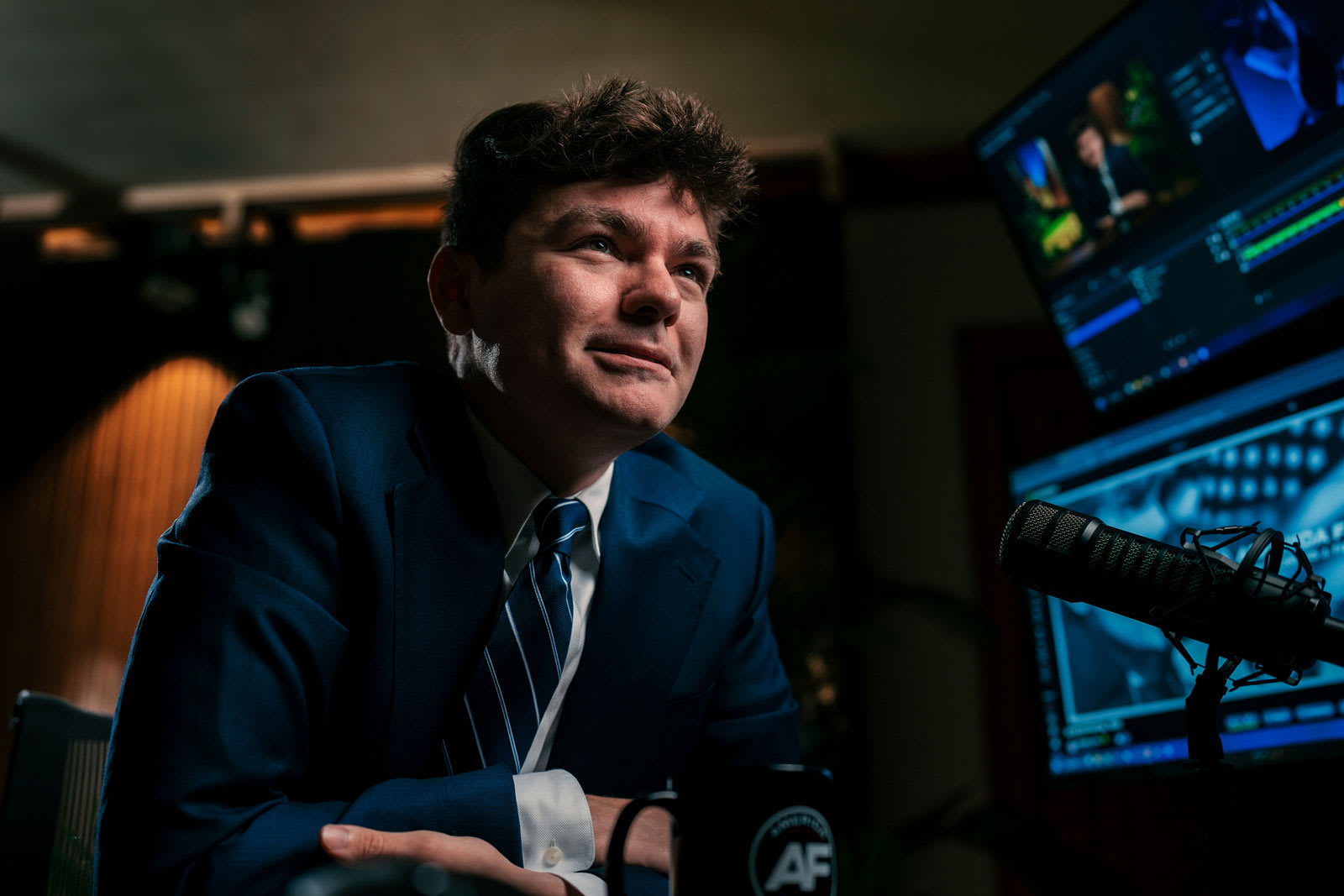U.S. intelligence review says "very unlikely" foreign adversary is behind "Havana Syndrome"
A multi-year U.S. intelligence review has deemed it "very unlikely" that a foreign adversary is behind the mysterious neurological symptoms known as "Havana Syndrome" that have been reported by more than a thousand American officials since 2016, significantly undermining a theory shared by some victims and lawmakers that U.S. personnel were being targeted by a hostile government.
The unclassified assessment, released Wednesday by the Office of the Director of National Intelligence (ODNI), reflected the views of seven agencies that participated in the inquiry.
"Most [intelligence community] agencies have concluded that it is 'very unlikely' a foreign adversary is responsible for the reported AHIs," the assessment said, using an abbreviation for Anomalous Health Incidents, the Biden administration's term for the phenomenon. It noted that different agencies had varying levels of confidence in the finding.
Five of them found that "available intelligence consistently points against the involvement of US adversaries in causing the reported incidents," according to the assessment.
"Most [intelligence community] agencies judge it is very unlikely a foreign adversary played a role, although confidence in the judgment related to this line of inquiry varies, with two agencies having moderate-to-high confidence; three agencies having moderate confidence; and one agency abstaining," the assessment said. "One agency judges it is only unlikely a foreign adversary played a role and has only low confidence in this judgment."
Agencies also determined, after reviewing intelligence, medical and scientific literature and open-source data, that there was "no credible evidence" that a foreign adversary was using a weapon or other collection device that resulted in symptoms.
And while there was no single explanation for the reported cases, intelligence officials now believe most of the symptoms reported by American officials "were probably the result of factors that did not involve a foreign adversary, such as preexisting conditions, conventional illnesses, and environmental factors."
Briefing reporters at ODNI headquarters on Wednesday, two intelligence officials laid out the results of what one described as an "historic" level of expertise and resources dedicated to the inquiry. Investigators reviewed as many as 1,500 incidents reported since 2016, including on U.S. soil. Overall, the incidents spanned 96 countries, and included some new reports made as recently as this year.
ODNI also released a significantly redacted fact sheet describing some of the investigative efforts, which included Dark Web searches, reviewing CCTV footage and building floorplans, and creating digital and physical 3D models of incident locations.
One official said the intelligence community's judgment on the potential involvement of foreign adversaries was not only based on an absence of evidence, but that there was "a lot of evidence that points the other way."
The official said intelligence had shown "confusion" about the theory among key U.S. adversaries who were more inclined, he said, to "think this is a U.S. plot."
The second intelligence official said the investigation had generated "petabytes" of technical data that had been sifted through by government scientists and outside experts. In some cases, officials were on site investigating an incident when another one was reported, allowing them to evaluate a scene in real time, the official said.
Investigators solicited and evaluated a range of potential alternative explanations from victims, current officers and experts, including the possibility of extraterrestrial causes and insider threats. They consulted with allied intelligence services. In some cases, the officials said, analysts spent "months" pursuing an individual lead only to have it dissipate.
"We weren't finding what we were expecting to find," one of them said.
Efforts to collect and analyze new intelligence would continue, the officials said Wednesday, noting that the intelligence community would "absolutely engage" with other efforts, including one ongoing at the Department of Defense, to arrive at a clearer understanding of the symptoms' cause.
In a statement on Wednesday, CIA Director William Burns said the CIA had applied its "very best operational, analytic, and technical tradecraft to what is one of the largest and most intensive investigations in the Agency's history. I and my leadership team stand firmly behind the work conducted and the findings."
"I want to be absolutely clear," his statement continued. "[T]hese findings do not call into question the experiences and real health issues that US Government personnel and their family members – including CIA's own officers – have reported while serving our country."
"This work will and must endure," said Director of National Intelligence Avril Haines in another statement. "We will continue to prioritize our work on such incidents, remaining vigilant regarding information that would undercut the IC's judgments and continuing to respond to individuals who report incidents, including investing in health resources for such purposes."
Mark Zaid, an attorney representing more than two dozen victims, said in a statement that the intelligence community's assessment "lacks transparency" and had done "damage" to victims' morale.
"Until the shrouds of secrecy are lifted and the analysis that led to today's assertions are available and subject to proper challenge, the alleged conclusions are substantively worthless," he said.
"Havana Syndrome," which gets its name from the cases first reported by U.S. diplomats and intelligence officers in Havana, Cuba in 2016, can be characterized by a range of neurological symptoms, including intense headaches and head pressure, vertigo, nausea and a ringing or popping in the ears. Victims have described hearing a painfully high-pitched sound and reported being able to evade it by moving to a different area. Some were forced to leave the workforce because their symptoms were so debilitating.
In its early days, the Biden administration launched an intelligence review intended to encourage and streamline reports of what it termed Anomalous Health Incidents, or AHIs. The administration later named an interagency coordinator to oversee the government's investigations, which spanned multiple agencies, including the State Department, Defense Department and CIA.
Cases have since been reported from every populated continent, in dozens of countries, by diplomats, intelligence officers or military personnel. Several of the incidents required victims to be medevacked, including in two cases reported by aides to CIA Director William Burns and Vice President Kamala Harris who fell ill while traveling overseas.
Some victims believed their symptoms were the result of a foreign government using directed energy technologies or weapons to collect intelligence, citing Russia as a leading suspect. A number of U.S. lawmakers have publicly supported that view, referring to the incidents as "attacks."
In a joint statement Wednesday, House Intelligence Committee leaders Michael Turner, Republican of Ohio, and Democrat Jim Himes of Connecticut said the committee expected the intelligence community to continue its efforts and "modify its conclusions…on the basis of any new evidence of analysis."
"The Committee will take a skeptical approach and test the assumptions of the IC, as our oversight requires," they said.
State Department spokesperson Ned Price also said Wednesday that the Department's intelligence arm, the Bureau of Intelligence and Research, had contributed to the overall assessment and would continue its own analytic work on the matter.
"As with every intelligence assessment, the book is never fully closed. We are going to, as a government, continue to look at every single input and source of information that is available to us," Price said.
Last year, a declassified summary of the findings of an expert panel convened by ODNI said the symptoms could be "plausibly" explained by pulsed, electromagnetic energy — a finding in line with a prior inquiry released in 2020 by the National Academies of Sciences, Engineering and Medicine.
"Pulsed electromagnetic energy, particularly in the radio frequency range, plausibly explains the core characteristics, although information gaps exist," a redacted summary of the findings said.
That panel did not evaluate the possibility of a foreign actor being behind the incidents, focusing instead on potential causal mechanisms and issuing recommendations for managing the ailment's symptoms.
It noted prompt medical care was integral to recovery, and that psychosocial factors — including mass hysteria, which had been raised as a possibility by skeptics of the condition — could not alone account for the symptoms.
In an interim report released in January 2022, the CIA's internal task force dedicated to investigating the incidents said they were "unlikely" to be the result of a sustained, worldwide campaign waged by a foreign actor. The agency said at the time it would continue investigating roughly two dozen cases whose cause could not be determined.
Some Havana Syndrome victims struggled for years to bring awareness to the incidents and have been critical of government agencies for failing to offer support or access to specialized medical care. Many paid for costly diagnoses or treatments out of pocket, and felt marginalized while the condition was unacknowledged.
As public attention to it grew, U.S. lawmakers passed legislation to boost support and compensation for those who suffered brain injuries as a result of the syndrome; President Biden signed the Helping American Victims Afflicted by Neurological Attacks (HAVANA) Act in October of 2021.
According to guidelines required by the law and later published by the State Department, some victims with confirmed brain injuries could be eligible for payments of more than $180,000. The CIA's guidelines remain classified but are similar, people familiar with them have said. Victims from both agencies began receiving payments last year.
"In line with Administration policy and statutory requirements, departments and agencies will continue to provide timely access to medical care, examine reports thoroughly, support research efforts, and process HAVANA Act payment requests, based on eligibility criteria set forth in implemented regulations," said the Biden administration's AHI Interagency Coordinator Maher Bitar. "Our commitment to the health and safety of U.S. Government personnel remains unwavering."







